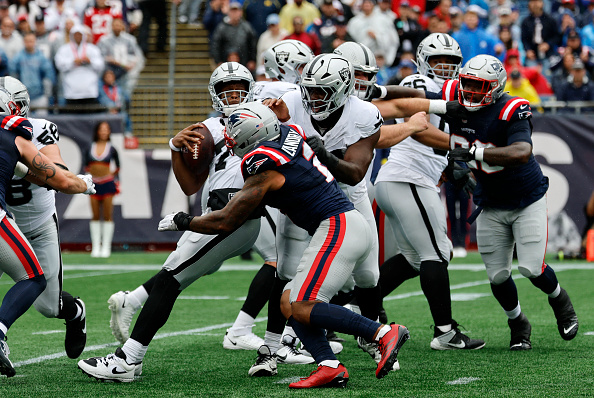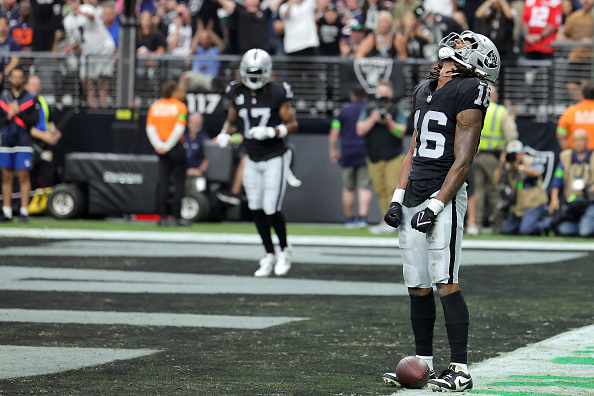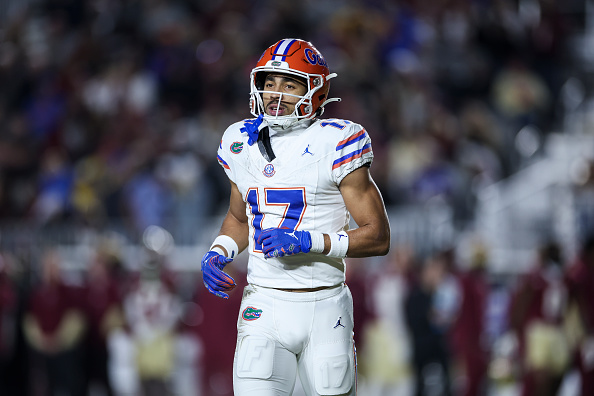March 18, 2020.
The day after St. Patrick’s Day is a date that every single New England fan around the world should have marked on their Patriots-themed calendars with a giant red circle and arrows pointing to it. On that day, the league’s calendar year ends at exactly 4:00 p.m. EST and Tom Brady’s faux contract extension voids and he will be nothing but chum tossed into the water that is the NFL quarterback market.
Tom Brady will be a free agent for the first time in his Hall of Fame career.
Now, every hopeful Patriots fanatic out there is saying the same thing: “Yeah, sure, let him go out there and test the waters. Tommy’s going to come back and we’re hanging that seventh banner, baby!”
Not so fast, though. Letting Brady actually go into free agency would be the worst thing the Patriots’ organization could do, and not for the reason you may think.
While you run the risk of another team throwing an ungodly amount of money at the 42-year-old, dollar figures have never been a real driving force for this quarterback. That’s not to say it isn’t important, as that would be foolish to think, but at the end of the day, he’s shown that he just wants to end his career with that flying Elvis on his helmet. So, if the fear of another team scooping him up is extremely low, what’s to worry about then?
That answer is simple: money.
If the Patriots let Brady’s contract void on March 18, they will take on a $13.5 million salary cap hit, a number that won’t go away regardless of if he comes back to the team or moves onto greener pastures elsewhere. It would behoove the team to sign Brady before free agency as only half of that $13.5 million would be tacked on. While Patriots Nation would all dig into their collective pockets to help the team foot Brady’s final cap number, that’s just too much dead money for the team to absorb. Bill Belichick isn’t in the business of eating unnecessary cap hits (Antonio Brown notwithstanding), so it’s doubtful that, once Brady is released to the hounds during free agency, he’d be brought back.
Think about it this way: if Belichick has a $20 million budget for the Brady sweepstakes, that would mean Tom Brady would have to sign for $13.25 million or less once you factor in the $6.75 mil that would have to be added on. And that’s assuming Belichick would want to pay that much money for a soon-to-be 43-year-old quarterback. While Brady is known for being the ultimate “team-first” guy, there has to be a limit on how much of a decrease in pay he would take.
So, if letting Brady gallivant into free agency would all but close the book on his tenure in New England, he’d have to get signed sooner rather than later with St. Patty’s Day acting as a pseudo-deadline for this deal to be done. Is it impossible? Certainly not. Is it going to be tough? You bet.
While there are absurd rumors going around that Brady “isn’t having fun” in New England anymore or that he wants between $25 million and $30 million after all the hometowns discounts he’s given this team, let’s be logical here for a moment.
If the Patriots offer Tom Brady between $17 million and $20 million with the assurance that they plan on bolstering the offense, why would the G.O.A.T. turn that down? The issue here is if that’s something that the Patriots could even promise in the first place.
With key free agents like Devin McCourty, Kyle Van Noy, Matthew Slater, Jamie Collins, Phillip Dorsett, and Elandon Roberts having their futures up in the air, this could be an expensive off-season. And then there is offensive lineman Joe Thuney waiting to get his monster contract that he’s earned over the years, too. The likelihood that all these guys get signed is slim, with the possibility of a couple of them retiring, so you have to worry about adding their replacements, which won’t be free either.
This is where the conundrum comes into play.
Brady will likely be more than willing to take a lesser deal to stay with the Patriots; that’s not a question. But with so many players likely wanting to see what they can get on the open market, how can the Patriots sign up for a deal with Brady without knowing an estimated dollar amount that they’d have to spend in order to re-sign or replace any players that go into free agency? And that doesn’t even incorporate trades. What happens if they target a player with an expiring contract but said contract carries a cap hit in 2020 that may be too big due to how much money they have invested in Brady already? It’d be perfect if Brady could be the last person the team signs this year after all the dust is settled, but with this cap situation being what it is, Brady’s deal is actually one of the first that has to be figured out.
Basically, if Tom Brady isn’t signed by March 18, his career with the Patriots is all but over. If the Pats decide they want to bring him back, they will need the foresight to map out a potential off-season plan that includes bringing No. 12 back for another year but also making sure they have enough money to build a competent roster around him. They’d have to lay out this plan all before they even know who’s coming back for sure or who may become available during the off-season. While players have taken pay-cuts to play with the Patriots in the past, will a dynasty in its last years with the quarterback who’s manned the ship all these seasons still have that same influence?
Who knows what the future holds for Tom Brady and this team, but time is certainly running out for a resolution that Patriots fans will be happy with.
Tick, tock.







